Hazel Nut
Hazel nut is an extremely nutritious nut. Apart from its edible uses, it is beneficial in cosmetic, aromatherapy and pharmaceutical purposes.
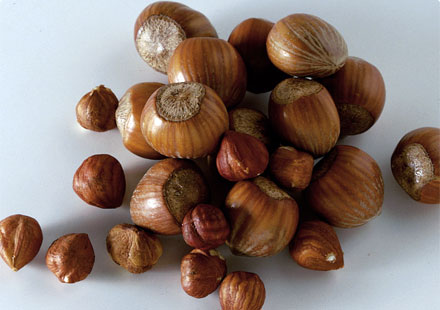
Hazel Nut
Table Of Content
Hazel Nut Scientific Name
The scientific name for hazel nut is Corylus avellana.
Hazel Nut Description
Hazel nut is a single seeded fruit of the hazel tree. It has two species found in turkey and china. They are also named cob nut or filbert nut. The cob nut is oval and about 15 to 22mm long and a diameter of 10 to 15mm, the filbert however, is more elongated and round. The edible kernel is enclosed in a brown seat coat.
Hazelnut grows on bushes or small tree. The tree flowers in cylindrical catkins during autumn. They develop throughout winter and become mature to shed their pollen during spring. The female flowers appear during March or April. The tree sheds off its leaves for several weeks once the red stigma push through the buds.
Hazel Nut Distribution
Hazel nuts are usually found in abundance along the banks or in open places. They are found in the eastern part of United States and also along the Pacific coast. They are known as filberts in Europe. Hazel nuts are also found in eastern Asia across the Himalayas to China and Japan. They are grown commercially by Turkey, Italy, American States of Oregon and Washington. The largest commercial producer of hazel nut is Turkey. It is also cultivated in the Pangi valley of Chamba district in India.
Hazel Nut Historical Cultivation
In 1995, large quantities of burned hazel nut shells were found in a pit, on an Island of Colonsay in Scotland. Evidences prove that those nuts were dated 9000 years old, which proves that hazel nuts were grown in a wide scale during those times. Similar Mesolithic sites were found where hazel nuts were grown in large quantities. The hazel nut trees were cut down in the very same year that the harvest was done.
Historically, the hazel nut trees were grown in thickets. They were cultivated by the Romans and the English. Hazel nuts had been grown since the 16th century.
The ancient people used a method called ‘brutting’ for cultivating hazel nuts. The method involved snapping the new shoots at the end of the growing season. Traditionally the area used for the cultivation of hazel nut was termed as plat.
Hazel Nut Modern Cultivation
Hazel nut is usually cultivated for its edible nut. Several countries like Turkey, Europe and Ian produce this nut commercially. The hazel nut is very popular in the US market. In 1949, the Federal Hazelnut Marketing Order Section 982 introduced the Hazel Nut Marketing Board.
Hazel Nut Tree
Hazel nut tree does not strive well in areas of hot and dry climate; however, it does require adequate sunshine for its fruit to grow to its full potential. The hazel nut tree is a woody shrub and is recommended to grow in twos so as to allow cross pollination.The tree has a cluster of shoots arising from a single area.
The hazel nut tree blooms in winter. The pollination is done by the wind as it carries the pollen from the catkins to the small female flowers. The flowers fertilize after spring and the nuts begin to develop. The nuts start to mature during the summer months and when they are fully mature they fall to the ground which is hand picked or harvested mechanically.
Hazel Nut Harvesting
Hazel nuts become ready for harvest during late summer and early autumn. They are harvested annually. The tree when ready for harvest drops the nuts and they are either hand picked or mechanically harvested. Most commercial growers’ uses four primary equipments for harvesting, the sweeper, harvester, nut cart and forklift. The equipments sweep the nut from the ground, separate it from the dirt and process it.
Hazel Nut Uses
Hazel nuts are primarily used for culinary purposes
- Used in making confectionaries and chocolates.
- It is more nutritious than peanut butter.
- Hazel nut flavored coffee are less acidic.
- Hazel nut oil are in great demand for cooking and cosmetic uses
Hazel Nut Nutritional Value
Hazel nut contains the following nutritional data:
Carbohydrates
- Dietary Fiber
- Starch
- Sugar
Protein and Amino Acids
Vitamins
- Vitamin A
- Vitamin C
- Vitamin D
- Vitamin E
- Vitamin K
- Thiamin
- Ribo Flavin
- Niacin
- Vitamin B6
- Folate
- Choline
- Betaine
- Panthothenic Acid
Minerals
- Calcium
- Magnesium
- Iron
- Sodium
- Potassium
- Phosphorus
- Copper
- Zinc
- Selenium
- Manganese
Hazel Nut Health Benefits
- Hazel nuts are rich in several nutrients and energy. They help lower the bad cholesterol and increase the good cholesterol. They help prevent coronary artery diseases.
- Hazel nut contains folate, a vitamin which prevents megaloblastic anemia and especially recommended for the expectant mothers as it prevents neural tube defects in the new born baby.
- It is rich in vitamins and dietary fibers which protects from diseases and cancer.
- Rich source of Vitamin E which is a powerful antioxidant and maintains the skin.
- Hazel nut contains B-complex group of Vitamins like niacin, panthothenic, thiamin, riboflavin and pyridoxine.
- Hazel nut oil is used as an astringent and also soothes dry skin. Traditionally it was used in message therapy, pharmaceuticals, aromatherapy, and cosmetic uses.
Hazel Nut Oil Uses
Hazel nut oil is packed with various nutrients and this amazing oil has several benefits:
- Hazel nut oil has a nutty flavor with good aroma. It can be used for making several dishes, to dress salads.
- It contains essential nutrients and vitamins and is used in aromatherapy. This oil helps in loosening the tired nerves and also strengthens the capillaries.
- It has antibacterial, astringent property that can be used for treating dry skin. This oil is very light and easily absorbed by the skin. It helps in excessive secretion of oil hence preventing acne and making the skin soft and supple.
- Hazel nut oil is also used as a sunscreen as it can filter the harmful rays of the sun.
- It is also used as an anti aging product.
- Since this oil contains good amount of Vitamin E, it is good for hair and also used to retain the hair color.
Hazel Nut Allergies
There might be hypersensitivity to some individuals with using or eating food substances prepared with hazel nut hence it is advised to consult before applying or consuming it.
Hazel Nut Pictures
Here are some of the pictures of hazel nut.
Reference:
https://www.wellcurve.in/blog/hazelnuts-benefits-nutrition-facts-and-uses/
http://www.nutrition-and-you.com/hazelnuts.html
http://beauty.indobase.com/carrier-oils/hazelnut-oil.html
https://www.webmd.com/vitamins/ai/ingredientmono-865/hazelnut
https://pfaf.org/User/Plant.aspx?LatinName=Corylus+avellana
http://en.wikipedia.org/wiki/Hazelnut
http://www.home-remedies-for-you.com/articles/282/nutrition/health-benefits-of-hazelnut.html
- by Bebaychna Rai
- December 2nd 2011

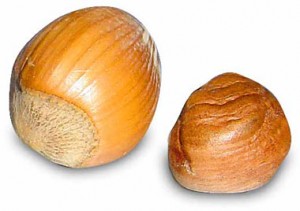
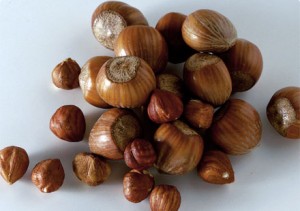
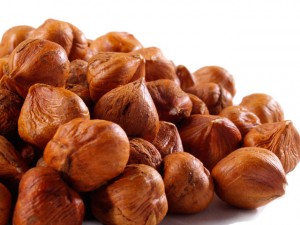
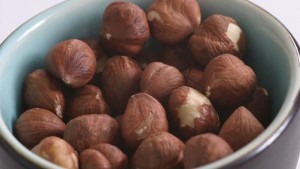
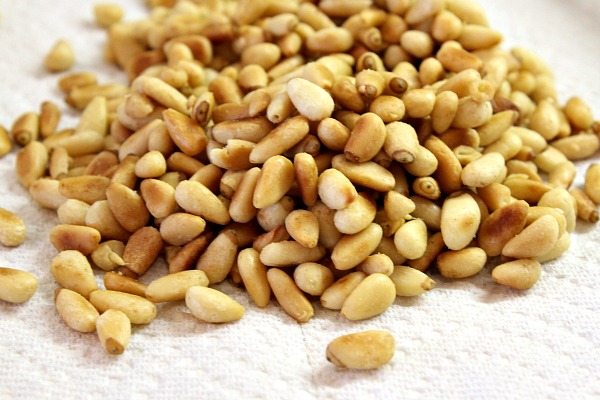

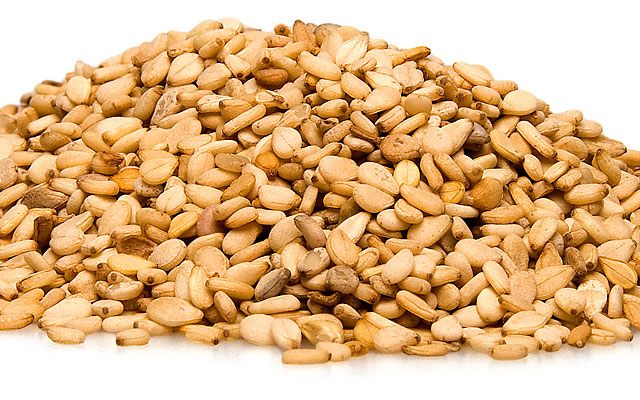
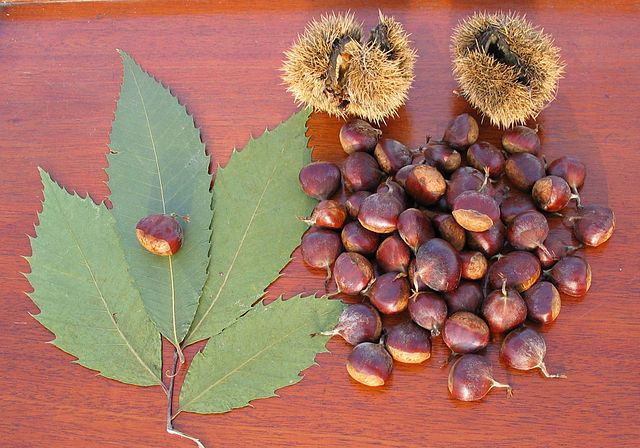
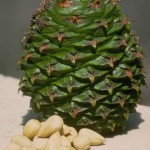
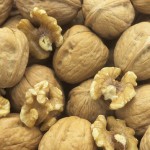
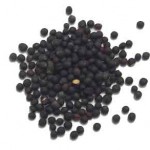
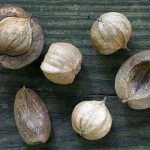
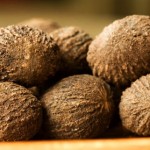
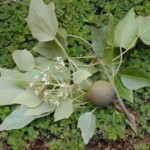
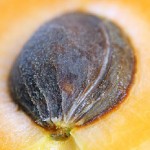
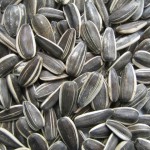
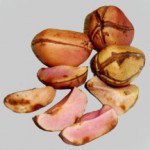





Leave a Reply